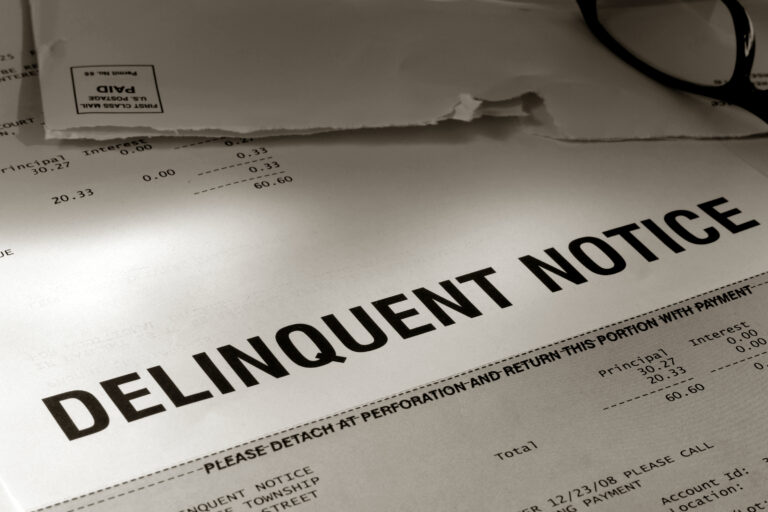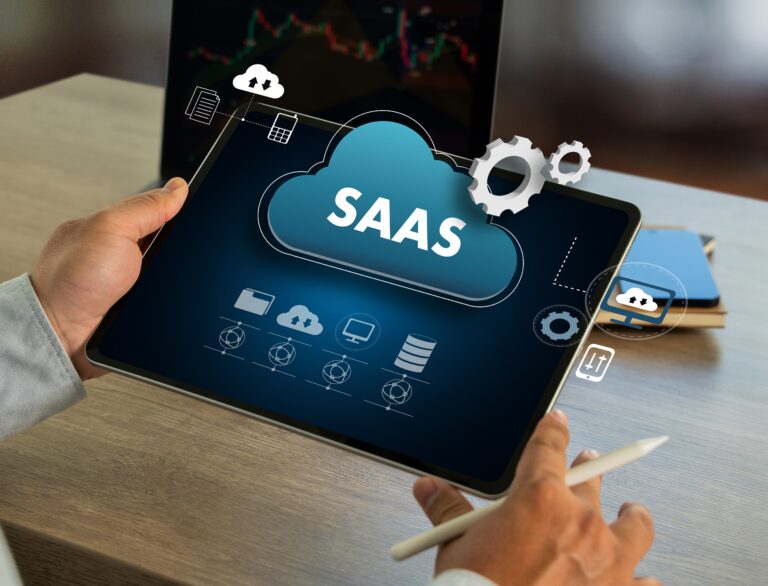You’ve just received a payment — always a good thing! But now, you’re faced with the question: which invoice does this payment apply to? The payer’s name is right there on the check, but with multiple outstanding invoices, it’s not immediately clear which one this covers.
Luckily, we live in an age where AI and automation can help you quickly solve this puzzle — even with limited information — provided you have the right cash application processes in place. In this article, we’ll dive into this essential business operation, exploring how automating it can boost efficiency, provide valuable insights, and help your business capture more revenue.
Cash application: An evolving process
Put simply, cash application refers to the matching efforts that occur during the accounts receivable (A/R) process that aligns incoming payments with their corresponding invoices.
Historically, this task was fairly straightforward for invoiced purchases as, the received payment (typically arriving in the form of a paper check) was mailed along with an enclosed remittance advice — a document that recorded the transaction and specifically identified what charges it covered.
However, with the increase of electronic payment options (e.g., credit cards, wire transfers), this remittance advice was often delivered separately from and sometimes later than the related funds. For instance, an automated clearing house (ACH) transaction might occur on a Monday, but you wouldn’t receive the emailed remittance advice until Tuesday or Wednesday.
This gap complicates the cash application process, as A/R staff now need to leverage whatever raw information is encoded in the payment to locate and pull the relevant invoice and account data from the isolated remittance advice. And if there is any complication — such as a short payment or one covering multiple invoices — sorting out the relevant documentation can take a fair amount of time and labor.
As such, many businesses, especially those with larger invoice volumes, have begun sunsetting their manual A/R processes, instead employing AI-powered automation in their cash application efforts.
Why does cash application matter?
For business-to-business (B2B) payments in 2024, you need to know why you have incoming cash before you can responsibly spend it. After all, if that wire transfer you just received is an overpayment or was made in error, you’ll need to refund that money. But if you’ve already pulled it out of your available cash to cover your outgoing payments or other investments, your organization — and your reputation — could be in trouble. However, through cash application, you can be confident that these new funds are appropriate and, even better, available for use.
At the same time, cash application efforts — or, more technically, the metadata they contain and create — can give you critical insight into who your customers are. You can more easily identify which customers pay quickly, and which ones frequently deliver short payments. Similarly, you’ll be in a better position to track which of your products or services are most popular and profitable.
Why involve AI in payment processing?
Among its many advantages, AI excels at detecting connections and recognizing patterns — the primary action in cash application. So typically, an AI-powered A/R automation solution can identify the relevant invoices tied to a payment in a matter of seconds, while a human might require minutes or even hours depending on the complexity.
At the same time, your business more than likely supports multiple payment channels. Typically, each of these funnels will include an independent method of receiving and managing remittance advice. But even with varying formats and layouts, AI can quickly and easily digest these records to access the relevant details with limited human intervention.
Beyond these benefits, some of the more common areas you’ll see improvements from cash application process automation include:
More control over your cash flow
As already mentioned, the accelerated processing tied to automated cash application helps you better manage the capital coming into and out of your business. With greater control over your cash flow, you’re in a much better position to budget for future improvements or respond to new opportunities — ones that require immediate funds — in the moment.
Improved customer communication and relationships
If you’re looking for a method to quickly alienate and potentially enrage a customer, contact them for payment — or even worse, refer them to collections — when they’ve already paid. Fortunately, when you introduce AI into your A/R, new payments are registered almost immediately, meaning that you’ll be able to easily and accurately identify which debts are still outstanding.
This insight, beyond avoiding unnecessary dunning actions, will also let you better assess the potential risk tied to individual buyers, and in response, loosen credit terms or extend greater credit levels to high-value clients. Similarly, when you’re more informed regarding which invoices remain unpaid, you can more efficiently communicate those details to your customers, helping them simplify their own accounts payable (A/P) efforts.
Increase capacity to scale up
A software-driven solution can typically scale more easily than manual processes, enabling your business to handle higher invoice volumes with greater efficiency. This scalability allows you to meet growing demands without the need for additional staff or significant investment in new or additional resources.
Faster identification of exceptions and errors
Not only is automation useful when everything goes right, it can also help to more easily and quickly identify problems when they occur. If a short payment comes in, most platforms can still direct the funds to the relevant account. Similarly, if a duplicate payment is received, the system can recognize this invalid transaction and flag it for review and resolution by your staff.
Up-to-date tracking
When you have real-time data available regarding your incoming transactions, your reporting is much more likely to be up to date as well. Since you often leverage these records during planning efforts or when pursuing additional funding for growth or renovation plans, having more reliable insight into the health of your operations represents a distinct advantage.
Some common cash matching-related metrics whose accuracy — and usefulness — can be readily improved by automation include:
- Day sales outstanding (DSO): which tracks how quickly (or slowly) your business is receiving payments after an invoice is sent
- Average days delinquent (ADD): which is a useful tool when identifying potential bad debt
- Accounts receivable turnover (ART): which identifies how efficient your business is at collecting and converting payments into cash
- Operational cost per collection: which addresses the overall performance and efficiency of your A/R efforts
AI-powered cash application at Invoiced
At Invoiced (a Flywire company), we’ve designed our software to make it easy to introduce AI into your payments efforts. Our Accounts Receivable Automation platform not only streamlines your invoicing workflows but also delivers a suite of features that can help simplify the management, processing, and bookkeeping work tied to receiving payments. Features like:
CashMatch AI
As its name would suggest, our platform’s CashMatch AI feature can proactively and intelligently analyze incoming payments through established models to efficiently and accurately direct these funds to open invoices, even handling complex scenarios like partial payments, overpayments, or missing details. Of course, with our platform, you never cede full control. So, while CashMatch AI will identify the appropriate invoices — with a clearly defined confidence level — it won’t finalize the matching process until authorized by a human reviewer.
Bank Feed
The Bank Feed feature streamlines reconciliation processes by pulling transactions from connected bank accounts. This direct data feed, in turn, eliminates the need for manual transcription of payment information, reducing the opportunity for errors to creep into and disrupt your operations.
Cash Application Rules
With our platform, users can set up customized rule sets for bank feed transactions that are triggered when specific conditions are met. These guidelines can be built off of a variety of criteria, such as the statement descriptor, payer name, transaction amount, and any other metadata associated with the payment.
Integrated Check Lockbox
Powered by Earth Class Mail, our software offers an Integrated Check Lockbox that automates the management process for incoming checks — from receiving to scanning to depositing. For easy reference, the scanned check images are attached to the associated invoice record.
Cash Collection Forecasting
Beyond determining the proper accounts for incoming payments, our platform also leverages AI to capture new insights from your cash application efforts. The Cash Collection Forecasting feature uses advanced algorithms to analyze the native data available on invoices, autopay records, payment plans, promises, and transaction histories to predict future cash flows.
Invoiced: Get access to your cash at the speed of AI
AI and automation can deliver broad value across your entire A/R operations. With Invoiced’s Accounts Receivable Automation platform and CashMatch AI, you can better ensure that payments make it to the right accounts while also simplifying management, improving data accuracy, streamlining reporting, and accelerating your payment cycle.
Further, if some of your payments originate from other countries, our software can readily accommodate that complexity as well. Our augmented platform, which leverages Flywire’s global payment capabilities, makes it easier for you to receive — or send — payments in over 140 currencies.
To learn more, schedule a demo of our technology today and see how simple cash application can be.






